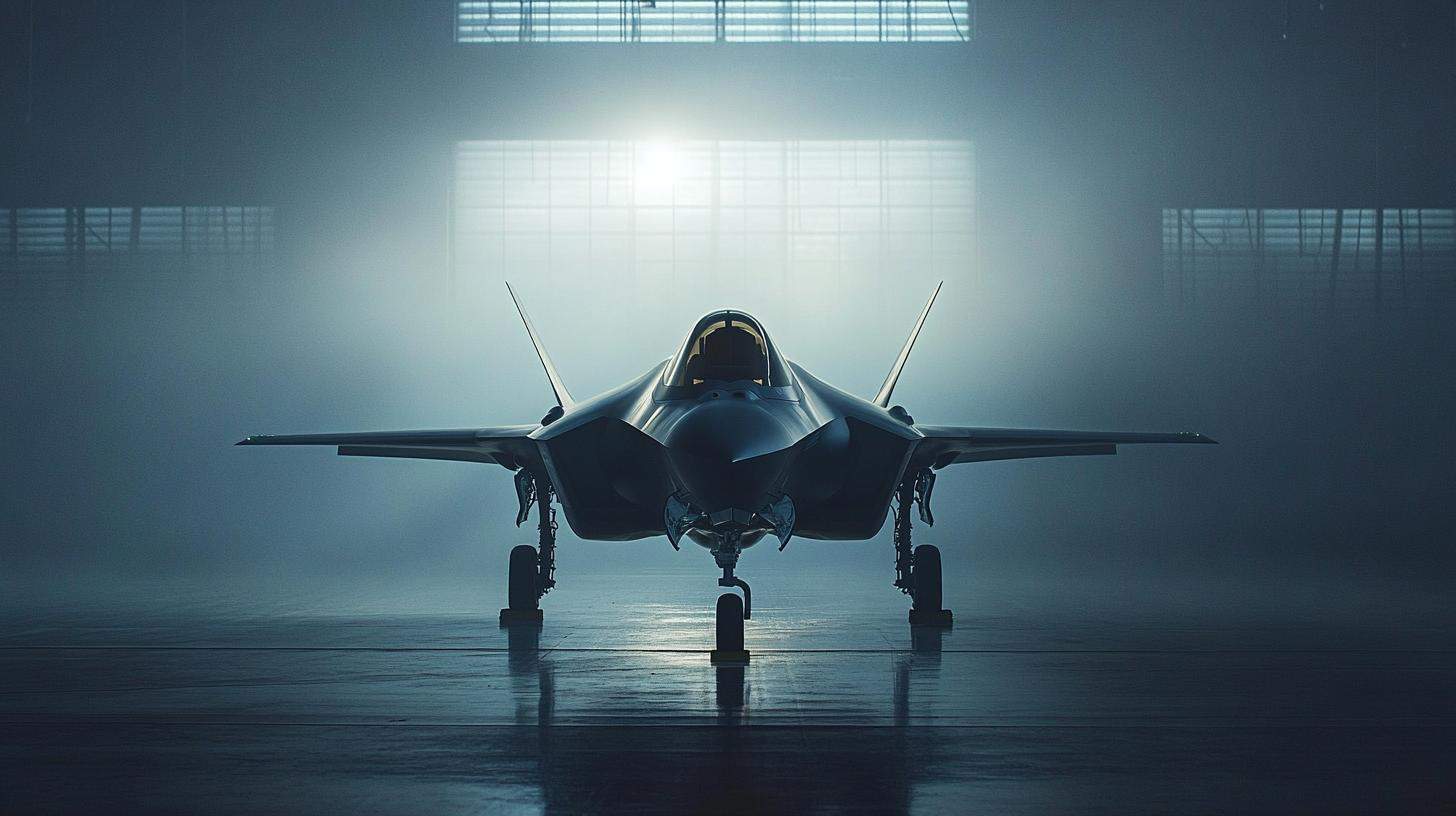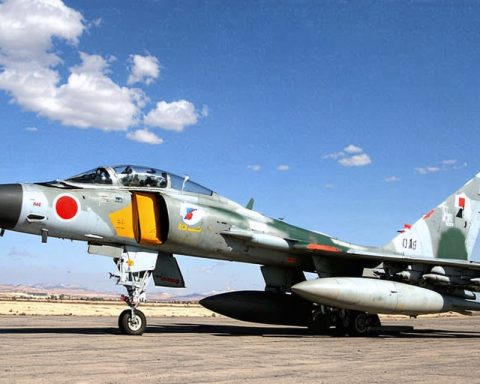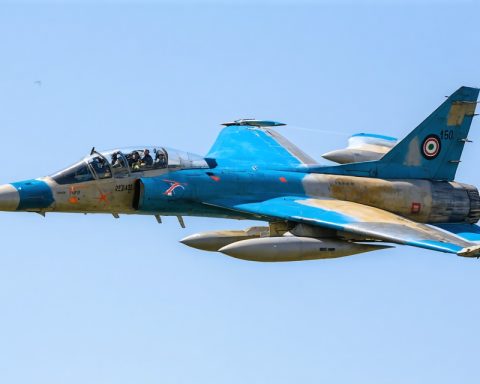The F-35 Lightning II has firmly positioned itself as a pivotal element in modern military aviation. Designed to perform an array of missions, the F-35 emerges as a symbol of technological advancement, setting a new standard for fighter aircraft with its fusion of stealth, advanced sensors, and network capabilities.
At the heart of the F-35 is its stealth technology, which enables it to evade radar detection due to its unique shape and radar-absorbent materials. This allows it to operate undetected deep into hostile territory, offering strategic advantages that traditional aircraft cannot.
One of the most fascinating aspects of the F-35 is its sensor fusion capability. It integrates data from multiple sensors, providing pilots with unprecedented situational awareness. This advanced system is not only critical for combat effectiveness but also reshapes how missions are planned, coordinated, and executed, making joint international operations more feasible.
The F-35’s modifiable avionics architecture allows for continuous upgrades. This adaptability ensures that as technology evolves, the aircraft can be updated, maintaining its edge over potential adversaries. This feature is crucial, as adversaries continuously develop new technologies to counteract allied advantages.
Looking to the future, the F-35’s participation in emerging networks of warfare through interoperability enhancements makes it indispensable. As militaries globally buy into its promise, the F-35 is not just a fighter—it’s a glimpse into the future of integrated warfare, revolutionizing how air superiority is achieved and maintained in the 21st century.
Is the F-35 Fighter Jet’s High Cost Worth Its High-Tech Edge?
The F-35 Lightning II, renowned for its cutting-edge technology, has stirred considerable debate over its economic impact and challenges. Beyond the spotlight on its stealth and sensor fusion capabilities, there are significant discussions around the implications of its hefty price tag on national budgets and military strategies worldwide.
How does its cost impact taxpayers? The F-35 program stands as one of the most expensive military endeavors, with costs soaring over a trillion dollars over its lifecycle. This considerable investment has sparked controversies in some regions, questioning the allocation of national resources. Critics argue that funds could instead bolster other defense sectors or be allocated to public services, raising the question—does its capability justify the expense?
On a broader scale, nations opting for the F-35 face both benefits and drawbacks. For example, possessing a fleet of F-35s potentially offers strategic dominance, enhancing national defense and international stature. However, countries must also contend with maintenance challenges and dependency on a singular platform, which may limit adaptability in rapidly evolving combat scenarios.
Global cooperation or dependency? As more countries incorporate the F-35 into their arsenal, a web of interdependent defense systems emerges. While this fosters international collaboration, it also raises concerns over sovereignty and control in wartime scenarios.
But it’s not all contention; the F-35’s technological advancements offer a glimpse of future warfare, shaping military doctrines globally. Whether the advantages outweigh the disadvantages remains a subject of rigorous debate.
For more information on defense news and technology insights, visit Defense News or Flight Global.







